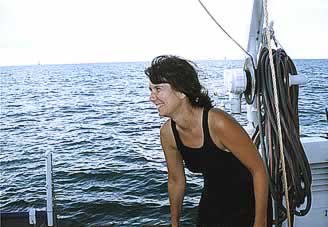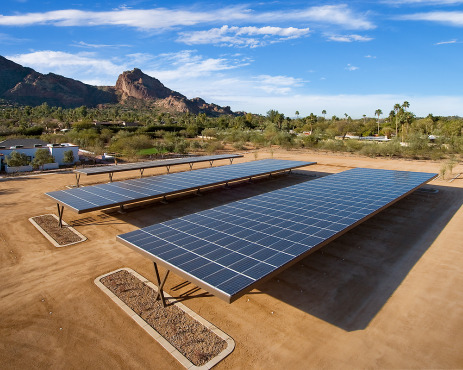 Nancy Rabalais sails fearlessly into the dead zone.Every year, excess fertilizer from Midwestern farms leaches into streams and eventually into the Mississippi River, which carries it down to the Gulf of Mexico. There, it feeds a giant algae bloom, which, as it dies and decays, sucks oxygen out of the water. The result, as I’ve covered extensively, is a massive area unsuitable for fish — a vast dead zone in what should be one of the globe’s most productive aquatic ecosystems.
Nancy Rabalais sails fearlessly into the dead zone.Every year, excess fertilizer from Midwestern farms leaches into streams and eventually into the Mississippi River, which carries it down to the Gulf of Mexico. There, it feeds a giant algae bloom, which, as it dies and decays, sucks oxygen out of the water. The result, as I’ve covered extensively, is a massive area unsuitable for fish — a vast dead zone in what should be one of the globe’s most productive aquatic ecosystems.
Every summer, scientists from the Louisiana Universities Marine Consortium (LUMCON) embark upon a ship ride through the Gulf measuring the dead zone. They recently completed their journey. Verdict: this year’s dead zone is one of the largest ever, about the the size of Massachusetts (Gulf Hypoxia Report [PDF]). In this edition of Victual Reality, the podcast about food politics, I talk to Nancy Rabalais, executive director of LUMCON and leader of the annual expedition. We talk about the importance of oxygen for fish habitats, why agriculture reform is key to reversing the trend of ever-larger dead zones, and more.
The Victual Reality podcast is a production of Edible Radio, home to a trove of great food-related podcasts. To download the Rabalais interview, go here.



